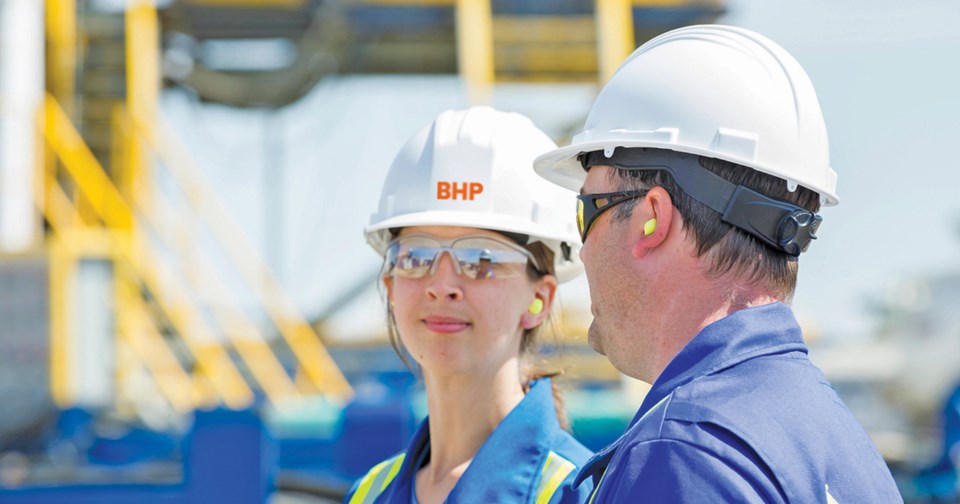Simon Thomas, BHP’s vice-president of projects, potash, said that recruiting locally will also be a strong focus.
“One thing that's really important for us now that we're moving forward and we're definitely going to be an operator in the potash industry is to support the communities in which we operate,” he said, adding one aspect of that is providing jobs.
The permanent workforce is expected to be 600. At the peak of construction, there is expected to be 3,500 jobs, a state Thomas said should last a few years.
“There's opportunity for construction work and with contractors that will come and work on our site,” he said. “We see a really good stimulus and a great opportunity for work and employment, and then ongoing employment, ongoing procurement in the area for for a number of years to come.”
The vice-president said BHP will be looking at a number of programs to develop talent, as well as a diverse workforce.
“We'll look at programs in high schools, in the universities, traineeship programs, apprenticeship programs, that will allow people a pathway individually at a very early age, and so help support development of talent to come to work in the potash industry and come work with BHP.”
The effort to reach gender parity in the mine’s workforce begins with its design. The mine components will be designed to not assume that they will be handled by a large and strong person. They will be designed to be smaller and lighter. There will be automated support mechanical systems to handle times like valves, electrical devices and access doors.
“That means more people have the ability to perform the maintenance activity or the operational activity that we need to undertake every day, so you don't bias your recruitment, bias the individuals who are going to join your workforce because the workplace is designed for a greater spectrum of society,” Thomas said.
BHP will also be quite deliberate in its hiring efforts.
“We will seek to recruit people ahead of time to give ourselves the benefit of time in order to source, attract, and bring on board and mobilize people into the workforce and train them, so we won’t put ourselves under unnecessary time pressure that can often lead to a bias towards having to hire somebody who's ready made ready to go today as we give ourselves space to train and develop people,” Thomas said.
He added that hiring managers will be informed about BHP’s diversity strategy to set themselves up to be successful.
Thomas said that they’ve made specific commitments to the level of people that represent First Nations, so they will be dedicating recruitment efforts and training effort to meet the 20 per cent target.




